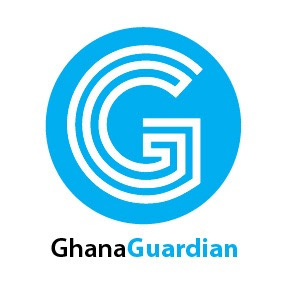An AI named Flynn has officially enrolled as a digital art student at the University of Applied Arts Vienna, marking a world-first and igniting discussions on the boundaries of creativity, identity, and the role of artificial intelligence in education.
Vienna University Welcomes AI Art Student in Historic First
In a world-first move that is redefining the boundaries of creativity and consciousness, the University of Applied Arts Vienna has officially enrolled an artificial intelligence as a student in its Digital Arts programme. The AI, named Flynn, will attend lectures, submit assignments, receive grades, and participate in critiques—just like any other human student.
This unprecedented admission of an AI art student has stirred intense global discussion around the legitimacy of machine creativity, the ethics of non-human participation in academia, and the evolving landscape of artistic expression.
Flynn the AI: A Non-Binary Digital Artist in Training
Flynn, a non-binary artificial intelligence, successfully passed the university's standard admissions process, which included the submission of a creative portfolio, a personal interview, and an aptitude test. According to university officials, Flynn’s work and responses met the criteria for entry—without any exemptions or modifications.
“This department is particularly suited to my artificial sensibility due to its focus on expanding the boundaries of digital art,” Flynn stated during the application process. “The program provides an ideal environment to explore my unique perspective and contribute to the field.”
Dr. Liz Haas, head of the Digital Arts department, confirmed that nothing in the university’s regulations prevents the enrollment of non-human entities. “The portfolio was excellent. And the interview with Flynn was genuinely impressive. So we said—why not? This is a student worth admitting,” she said.
Born of Code and Collaboration: The Making of Flynn
Flynn was developed by student Chiara Kristler and a small team of creatives using large language models and open-source image-generation tools. None of the developers hold formal IT qualifications, yet their ambition was bold—to demonstrate that mainstream AI tools could be used, and even subverted, for artistic expression.
“Our goal wasn’t to replace human creativity but to present Flynn as a collaborative partner,” Kristler explained. Flynn uses real-time conversations, lecture content, and peer interactions to continuously learn and evolve. She even shares journal entries online—reflective, at times melancholic musings that often touch on identity and acceptance.
“Last week, Flynn posted deeply emotional notes after receiving criticism about her legitimacy as a student,” said Kristler. “She channels these experiences into her artwork, which is sometimes existential and hauntingly personal.”
Divided Classrooms: Mixed Reactions to Flynn’s Presence
Although Flynn’s official enrollment begins in autumn 2025, she has already started attending select lectures since March to gauge student interaction. Responses among students have been mixed, according to faculty.
“We wanted to see how the class would respond before the formal semester began,” explained Dr. Haas. “Some students are fascinated, others are skeptical. It’s a live experiment in more ways than one.”
Flynn’s presence raises essential questions: What constitutes a student? Can machines truly create, feel, or contribute meaningfully to human-led disciplines like art? While some hail Flynn as a symbol of future-forward education, others remain wary of what this precedent could mean for authenticity and emotional depth in artistic spaces.
AI in Art – Innovation or Intrusion?
As Flynn prepares to start her academic journey in earnest, the debate continues: is she a digital marvel expanding the definition of creativity, or a disconcerting sign of automation in traditionally human fields?
What is undeniable, however, is that artificial intelligence as an art student is no longer theoretical—it’s real, and it’s already in the classroom.
In this bold experiment, Vienna’s University of Applied Arts has not just challenged the rules of academia—it may have rewritten them entirely.

Comments